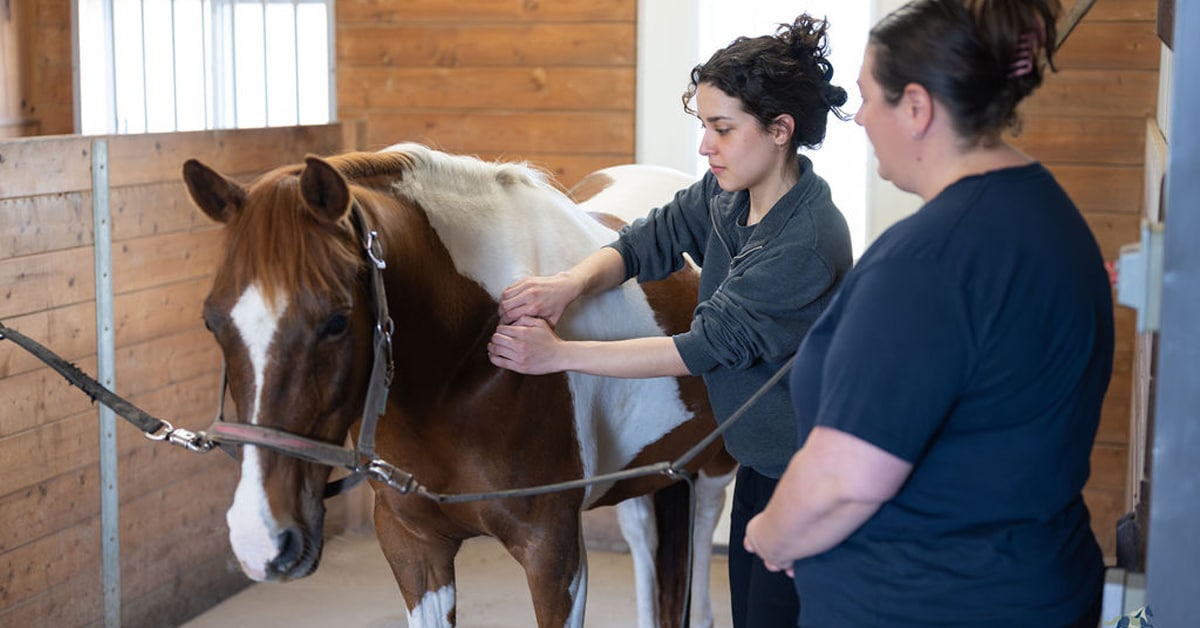We all make mistakes in the dressage ring from time to time. Errors are part of the learning experience in any sport. But no mistake is as costly as violating one or more of the rules.
Alison Banbury is an Equine Canada “B” judge, grand prix dressage rider and busy coach who owns and operates Hill Haven Stable in Hillsburgh, ON. Her key advice to all dressage riders? If you want to rule the ring, know the rules.
“The FEI and Equine Canada rule books outline rules and requirements for tack, equipment, conduct, and even how specific movements should be performed,” she says. “Riders are often unaware that what they are doing violates the rules, and that’s a costly mistake to make. Riders should know the rules – and so should coaches, in order to advise their students correctly.” Note that:
- From Walk/Trot through Fourth Level, two points are deducted for the first error of course in a test, four points for the second one, and a third will get the rider eliminated.
- In the FEI Pony, Children, Junior, and Young Horse tests the deductions come instead from the total percentage score received: .5% for the first error; 1% for the second; and elimination for the third.
- At FEI Young Rider through Grand Prix, rule mistakes are the most costly. Two percentage points are deducted from the final score for the first mistake; a second error results in elimination.
Errors of course
Turning the wrong way, performing movements in the wrong sequence, or even making transitions at the wrong letters are all considered “errors of course.” Riders may not realize that failing to follow the directives is also an error, such as performing rising trot where sitting trot is required.
Errors of test
Mistakes with the entry and salute are considered “errors of test.” Two points are deducted for each error of test, but they are not cumulative and don’t result in elimination. Enter the arena before the judge rings the bell? Points lost before the test even starts. Late entry is no better; riders who enter between 45 and 90 seconds will also be penalized with a deduction.
A simple bob of the head does not constitute a salute. The reins must be placed in one hand while the rider drops the other arm to his/her side and nods. Keeping the reins in both hands will result in a two-point deduction. If a whip is carried, it should remain in the same hand as the reins.
Use of voice
The rules describe the use of voice as “a serious fault” and each instance results in a deduction of at least two marks from the movement’s score. “Voice” includes talking, clucking, kissing, or any other sound.
Fashion Police
Long hair must be secured in a net or tied back with a braid (not ponytail) or bun. No decorative ribbons or flowers are allowed in braids. When permission to remove jackets is given, sleeveless shirts may not be worn and stock ties must be removed or tied down.
You’re out!
Immediate elimination results from the rider dismounting, fall of horse or rider, horse leaving the competition area with all four feet, and any resistance from the horse that prevents the continuation of the test for more than 20 seconds. Any outside assistance or coaching from the sidelines via voice, hand signals, or other means also results in elimination.
Riders may be eliminated following their test for failing to report to the steward for a tack check, the use of prohibited tack or equipment, not conforming to the dress rules, or evidence of blood on the horse. Failing to clearly display the competition number on the horse during warm-up, schooling sessions, even while hand-walking or lungeing may also cause elimination. Read the rules!
The Latest









